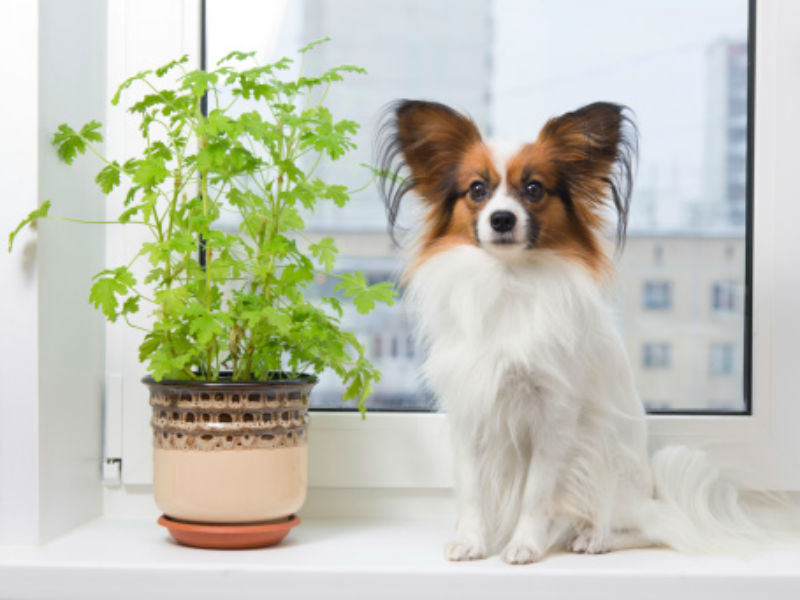
From our partners at realtor.com
Houseplants are a decorator’s best friend, adding pops of color and a vibrant touch to even the blandest home interiors. And studies show that they also improve air quality, lower your stress level, generally make you happier, and just might even make you smarter.
But what if those seemingly innocent buds are doing just the opposite? What if they're actually doing more harm than good? And potentially harming your pets?
Some plants are far from harmless beauties — emitting toxins or poisonous sap. Wondering if you just brought home Audrey II? Read on.
1. Oleander
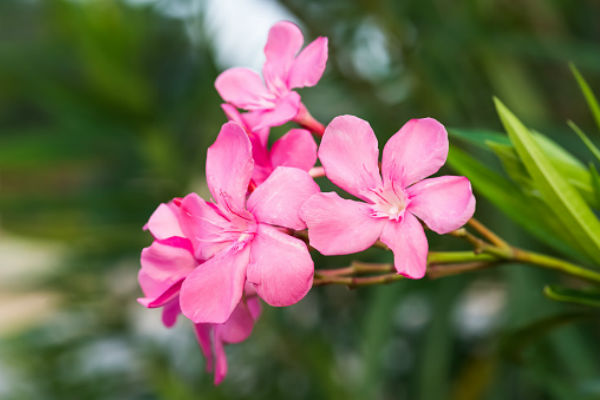
With its intoxicating fragrance and clusters of bright buds and glossy leaves, Oleander is popular indoors and out. But get ready for a buzzkill: every part of it is poisonous. Ingesting it can cause a range of symptoms, from dizziness to vomiting, and may even lead to death, especially in the case of pets and small children.
2. Peace Lily
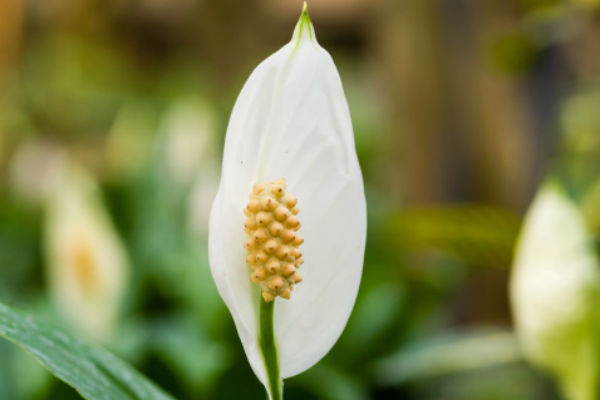
The peace lily, also known as the Mauna Loa plant, is a popular gift because it needs very little maintenance and blooms nearly nonstop. With a little water and a little sunlight, the peace lily can survive forever. However, it's poisonous for humans and for pets. Ingestion can cause drooling, vomiting, swelling of the lips, tongue, and upper airway. Doesn't sound like "peace" to us.
3. Sago Palm

In a pot, sago palms stay cute and small, making them ideal for desks and bookshelves.
But don't be fooled by their adorable appearance — the leaves and seeds are toxic.
While humans may only suffer some discomfort if they ingest it, the plant is extremely dangerous to dogs. (In fact, sago palm poisoning is the number one reason for calls to Animal Poison Control in South Carolina.) If your dog is the curious type, it might be worth getting this plant out of the house. So long, Sago!
4. ZZ Plants
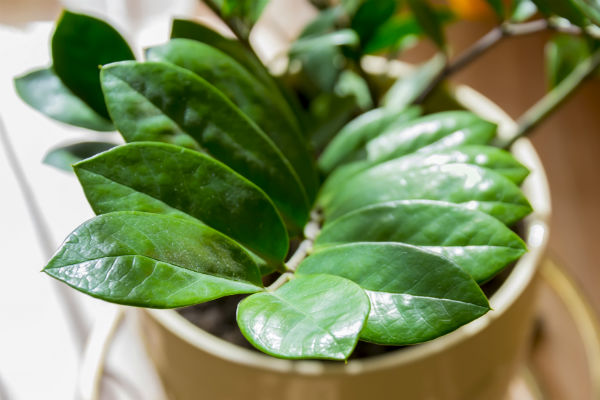
ZZ plants grow quickly, aren’t picky about what kind of light they get, and are generally easy to care for, making them a favorite choice for indoor greenery. They’re extremely common and sold at pretty much every garden center in the country. They’re also noxious to humans and pets. While not as dangerous as oleander, we probably wouldn’t keep any around if we had curious kiddos.
5. Snake Plant

Because they do just fine in low light, snake plants are common in office spaces and in homes. They've even been used as herbal remedies in some parts of the world. But the plants are also poisonous if ingested. Large doses can cause nausea and vomiting, and the poison found in the plant has a numbing effect that can cause the tongue and throat to swell. The plants are more toxic to dogs and cats, which can suffer from nausea, vomiting, and diarrhea.
6. Lilies
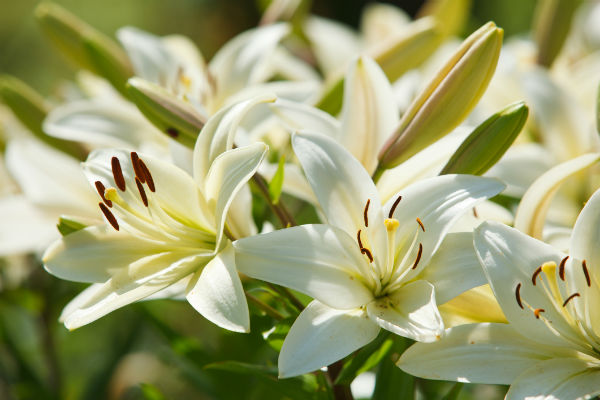
While not generally dangerous to humans, all lilies are highly toxic to cats and certain varieties can be toxic to dogs as well. If ingested, lilies can cause gastrointestinal upset, depression, anorexia, and tremors.
7. Areca Palm
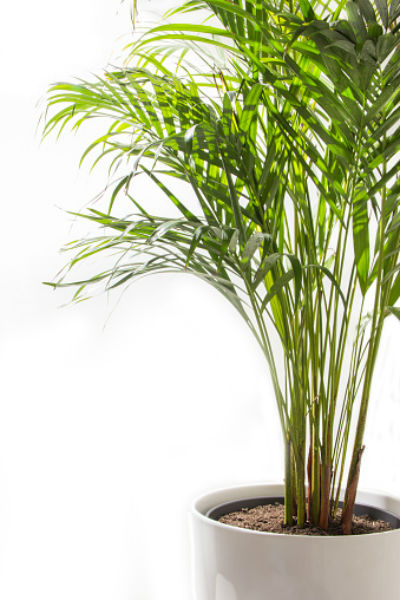
While most houseplants actually suck in the stuff in the air that is bad for you — pollutants, carbon dioxide, you name it — some plants do the opposite.
A 2009 study found that some plants, such as the areca palm, actually release volatile organic compounds (VOCs) into the air (in addition to removing others). And it's not just the plants themselves — microorganisms in the soil they grow in were also to blame for releasing VOCs. It's important to note, though, that researchers haven't adequately studied the longevity of these compounds, so we don't know their impact on humans.
8. Weeping Fig
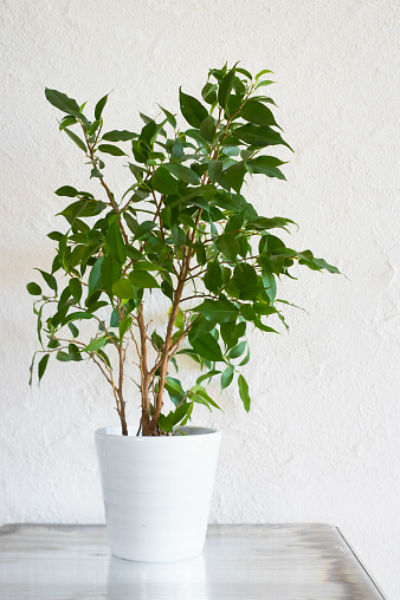
The sap that the weeping fig emits is highly toxic. Contact with the sap can lead to itchiness in the eyes, wheezing, and coughing, and skin irritations. The weeping fig is poisonous for pets, too—especially parakeets and cats. If any of the plant is ingested, they're likely to experience irritation of the eyes and skin.
By: Angela Colley akc.com












